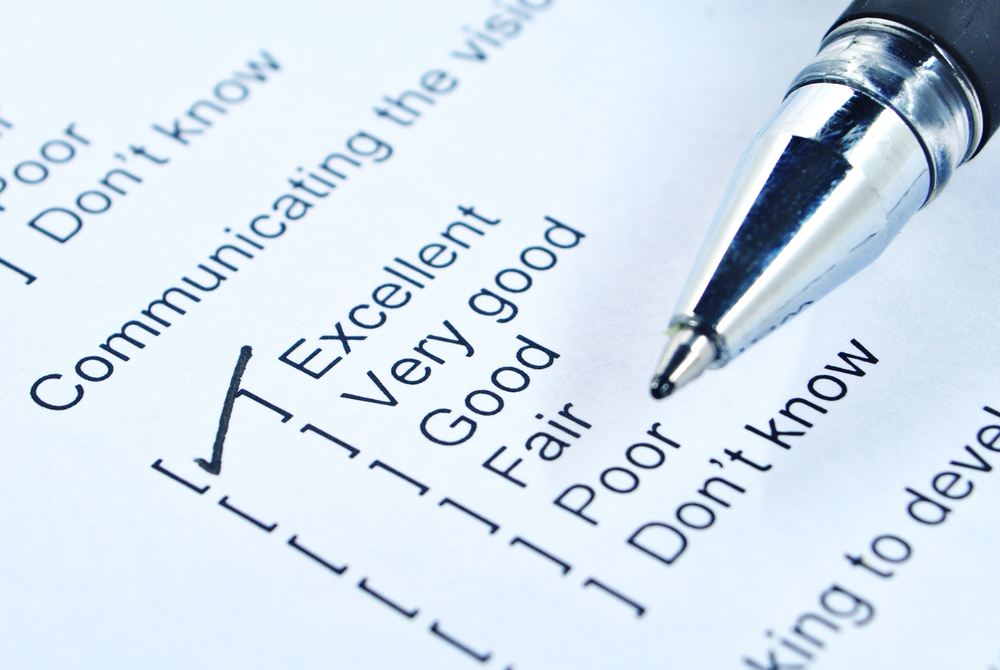Understanding the Needs of the Customer

“The customer is always right” – that’s what we hear so often in the business world and to an extent, this is true. Without them, we wouldn’t even have a business, so it’s important that we ensure that every service we provide is performed as well as it could possibly be performed, and that every product we sell is of the highest quality.
The problems arise when businesses take the stance of “we know what the customer wants” without actually doing any research to back up that stance. Voice of the customer analytics can help us to genuinely understand and capture the demands of our customers and what they expect of the company to produce. From here, the company can tailor the service or product they’re providing to give them what they want and make sure the relationship between business and customer is a positive one with the customer coming back in the future.

Voice of the Customer (also known as VoC) can capture information in a variety of formats and help us to make detailed analysis of what is expected and requested. This information can be captured from formats such as telephone conversations, text messages, social media and direct conversations – just about any way you have of interacting with the customer.
When you choose your VoC system, you want it to have a series of qualities that will ensure that it’s worth your investment. With technology playing a huge role in business these days with tech-trends often dictating which gadgets and resources companies need to invest in, it’s vital that you don’t spend your hard-earned income on something that you’ll be ripping out or throwing in the store cupboard in a matter of months because it was nothing more than a gimmick with a series of flaws.
To make sure you choose a good system, you need to make sure that it is from a credible manufacturer, a company that has a proven track record of producing high quality products and – in this example – those that are famous for data capture.
You also want to make sure that it is very precise. A lot of dictation devices, such as those used for typing up notes, are very unreliable with the words that get typed so you want to trial the system and make sure that it copes with all kinds of accents, dialects and languages, and that is can cope with the different sizes of measurement – to use an example – with some clients preferring to talk in metric measurements and others in imperial.
